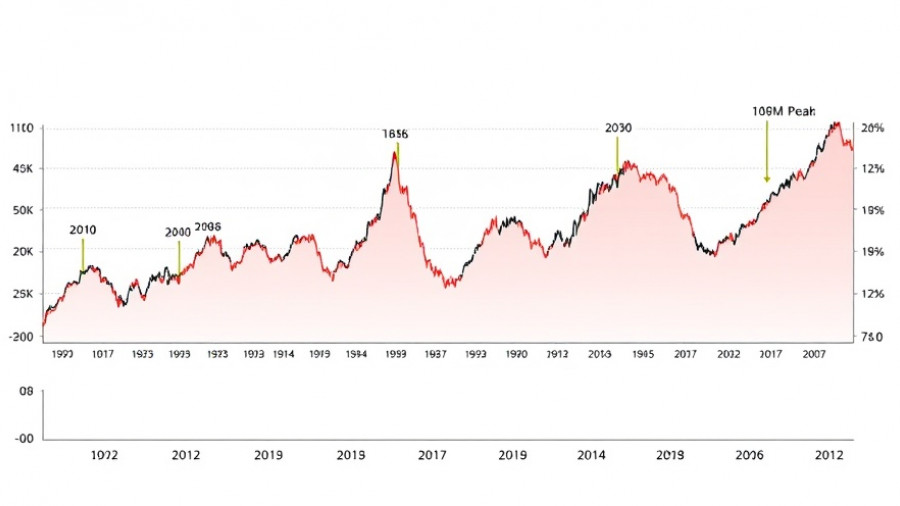
Understanding Expected Returns: The Key to Investment Planning
As investors, grasping the concept of expected returns is instrumental in shaping a financially sound investment strategy. Expected returns represent the average annual growth that a portfolio might yield over time, acting as a vital parameter for future financial planning. By establishing a credible expected return estimate, investors can determine if they're contributing enough towards their financial objectives. In simple terms, it’s like plugging into an investment calculator that tells you whether you’re on track to meet your goals.
Defining Expected Returns: A Strategic Insight
At its core, expected returns are projections of how individual investments—particularly asset classes—are likely to perform based on historical data and current market valuations. A pertinent example is the Gordon Equation, a foundational formula in the investment field which helps investors visualize future returns while acknowledging their inherent uncertainty.
Why Current Market Conditions Matter
Investment strategies rooted in historical performance can sometimes mislead. This is because past market conditions may differ considerably from present circumstances. Therefore, evaluating expected returns through the lens of today’s market environment provides a more accurate guide. Recent estimates for various asset classes, such as US equities projected at 4.1% and emerging markets at 8.3%, underscore this approach as financial institutions adapt their recommendations based on current data.
Actionable Insights for Financial Institutions
For financial service providers, understanding expected returns is not just about calculating numbers; it's about empowering clients with knowledge. Providing clients with adequate resources to interpret these projections enables them to make informed decisions regarding retirement planning and general investment strategies. By offering insights grounded in today’s market realities, institutions can foster more constructive client relationships and enhance overall financial literacy.
Final Thoughts: Navigating the Future of Investments
With the investment landscape continuously evolving, understanding expected returns is more essential than ever. Whether you are a financial institution, a service provider, or an individual investor, leveraging these projections can significantly influence your strategic decisions. As markets fluctuate, having a grasp of how to interpret these figures will be pivotal to achieving investment success. Remember, consideration of expected returns is simply an estimation of potential performance, so remain proactive and adaptable.
 Add Row
Add Row  Add
Add 




Write A Comment